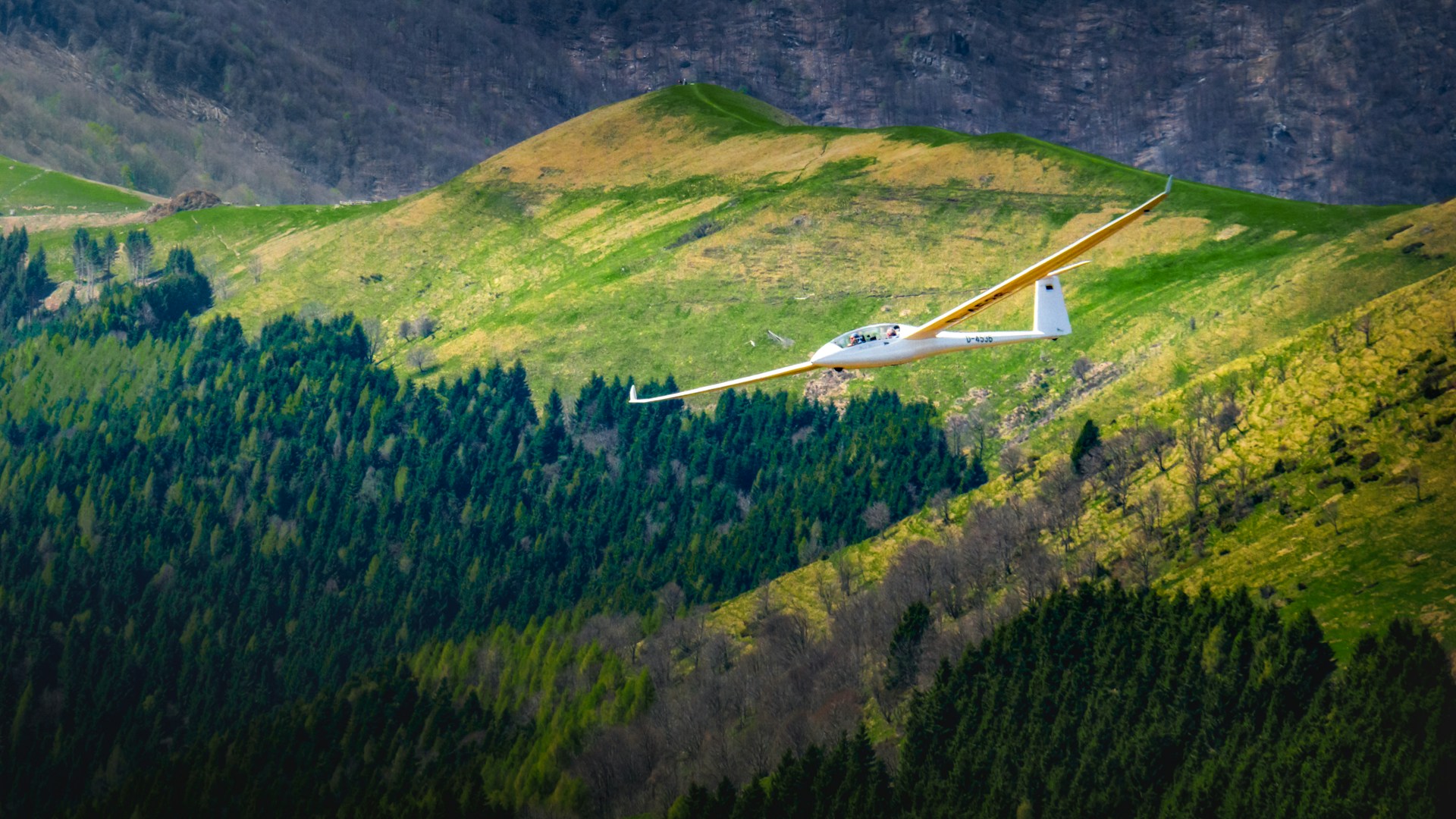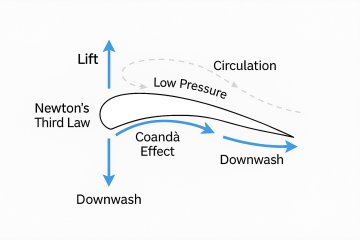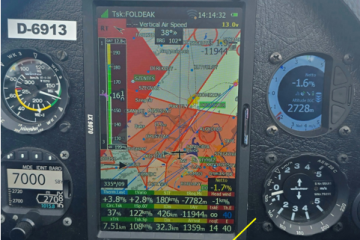
From Training to Cross-Country: Which Sailplane Fits Your Flying Level?
Not every sailplane is built for the same pilot experience. Choosing the right glider depends on your flying hours, skills, and ambitions. Selecting the correct type ensures safety, enjoyment, and good resale value later on.
🛫 Training gliders
- Examples: ASK-13, ASK-21, SZD-30 Pirat, Blaník L-13, Slingsby T.21, Grob Twin Astir
- Best for: Students and early solo pilots
- Why: Stable, forgiving handling, easy maintenance
🌤 Intermediate / Club Class
- Examples: LS3, LS4, Standard Cirrus, DG-101, DG-300, Discus 2a
- Best for: Pilots with 50–200 hours
- Why: Balanced performance, good for early cross-country flying, still affordable
🌍 Advanced / Cross-Country
- Examples: Ventus 2, Discus, LS8, ASW-27, Mini Nimbus
- Best for: Experienced pilots aiming for 200+ km flights
- Why: Better glide ratios, water ballast options, higher speeds
🏆 Competition & Open Class
- Examples: Jonker JS1, JS3, JS5, Nimbus 3/4, EB29, ASH 25, ASH 31, HPH 304, Ventus 3
- Best for: Highly experienced, competitive pilots
- Why: Maximum performance, but demanding handling and higher costs
✅ Final thoughts
Buying the right sailplane is about matching ambition with ability. Progression is natural — from training gliders to advanced cross-country machines. The right choice today means faster progress tomorrow.






































